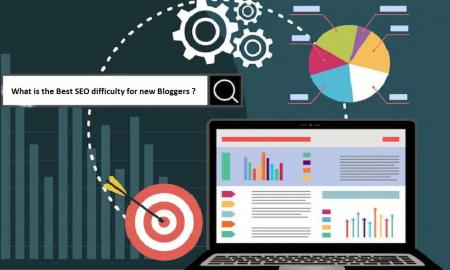As an environmental, health and safety (EHS) professional, you undoubtedly face a number of challenges. But, as well as your day-to-day tasks, you’re also presented with a massive administrative burden in the form of logging, compiling and making sense of EHS data.
It’s no surprise, therefore, that many turn to whatever tools are at their disposal. For small to medium sized companies without large budgets, these tools tend to be basic administrative software such as Microsoft Excel or G sheets. However, (as you’ll certainly know first hand if you’ve been using Excel), it’s a disaster waiting to happen and larger companies rely on technology to get this right.
Here are a few key reasons you shouldn’t be using Excel as a database in order to manage EHS in your organisation.
It’s too time consuming
If you’re using Excel, you’re probably also keeping EHS data on Word Documents too. One of the most obvious problems with this is the need to keep manually transferring data from one source to another, reformatting old data and cross-reference it all.
You’ll need to have a lot of spare of time to transfer data regularly, a super-human ability to never make a single error, and very advanced Excel skills to interpret and present that data to management in a way that makes it a useful exercise at all (as opposed to a ‘box-ticking’). The result is an inefficient work process, as well as there being huge potential for major errors – no matter how diligent you are.
It’s restrictive
Furthermore, the problem with using Excel is that only one person can access it at a time. In organisations of all sizes, but particularly those who are growing or those with locations across the world, this is a real challenge. Moreover, file versions are an issue too – working in Excel means that the most up-to-date version of your spreadsheet is subject to human error and relies on a very robust archiving process. There may be ways around this, but other programmes overcome this more naturally.
It’s not accessible
In addition, using Excel means your EHS data is not being maintained in real-time, and it’s more than likely that the most recent version of your spreadsheet is hidden somewhere on your desktop, and maybe somewhere in the iCloud too. It’s not the least bit accessible, and it’s likely not to be secure, either.
It’s not streamlined
It’s true that spreadsheets are great for recording data, but working in Excel means your data is being held in silos. You won’t be able to easily join it up to obtain a clear and complete profile of EHS in your organisation, which means you could be missing vital learning opportunities that underpin necessary changes to your EHS programmes.
Ultimately, you shouldn’t be using Excel as a database when managing EHS if you can help it. Instead, you should be using dedicated EHS software such as the kind provided by suppliers like Airsweb; it will relieve your administrative ‘headache’ rather than making it worse, and will also:
- improve accountability and visibility throughout your organisation
- grant better access to data (to inform better practices in turn) and business intelligence
- make delivering compliance much easier
- improve the ease, speed and quality of reporting in real time
- save your organisation money in the long-run. If they are paying over £40k for the service and have a licence for 3 years, I don’t think they will save money per say, that said if we say ‘makes your organisation efficient in delivering effective EHS that safeguards your workforce’
If you’d like to investigate the benefits of using proper EHS software further, start by talking EHS software providers. Current software solutions are designed for risk assessment, action tracking, incident management and a plethora of other EHS, risk and compliance related issues, and are more advanced than ever.






